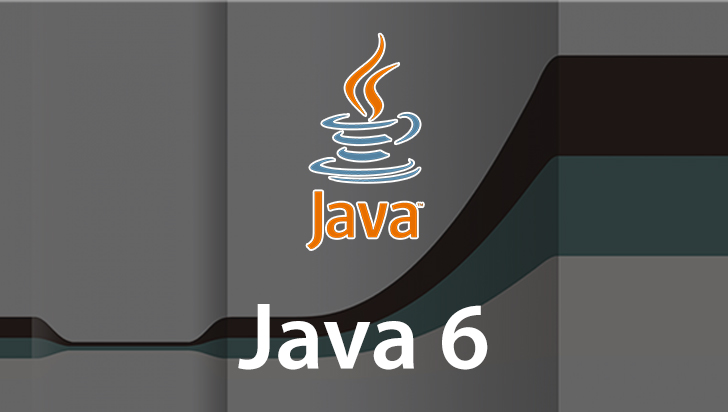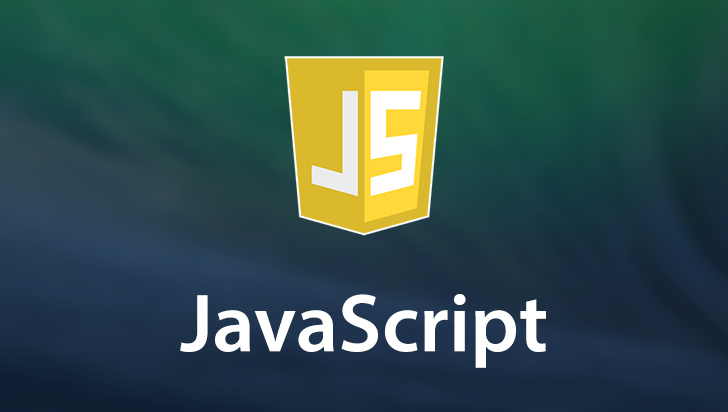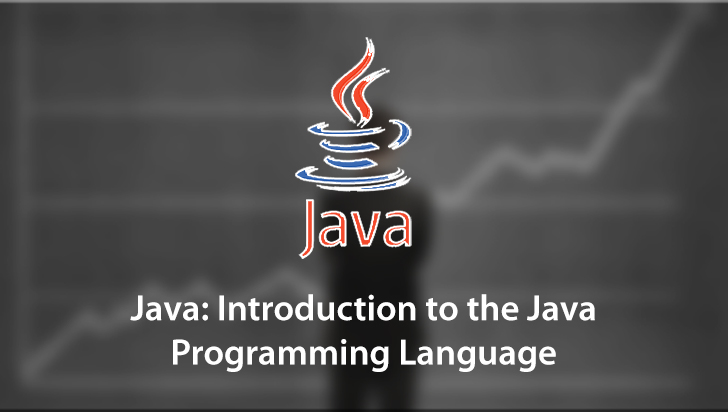Java 7 Course
This Course can only be played using a subscription. You can play only first 3 chapters for free. Click Here to avail a subscription
Java has become the dominant general purpose programming language available. In this VTC course you will learn the syntax of the Java language and how to make use of the Apache Software Foundation's Eclipse Integrated Development Environment to write Java programs. You will learn about writing multithreaded programs, how to access relational databases, and how to read and write files. You will also be exposed to a large number of Java libraries that are part of Java or are open sourced. To begin learning today, simply click on the movie links.
This video is an introduction to the Java 7 Course offered by VTC. In future videos in this course we'll take a look at Java as more than just a programming language but as entire ecosystem. The two main components of the ecosystem are the Java Compiler which takes your Java code and converts it into an object code and the Java Runtime Environment or JRE. The JRE is what actually runs your Java programs. We'll take a look at Eclipse as an IDE and it will be the IDE we use for this course. IDE or Integrated Development Environments are software that allows you to write, test and compile and debug code all in one spot. The Eclipse IDE was chosen because it represents the IDE that has the largest market share of all of the Java Development Environments. We'll look at the Java Language Components. Specifically we will look at the looping capabilities of Java which consist the For Loop and the While Loop as well as the Conditional Execution Capabilities which consist of the Switch, the If and the Try Catch Block. For those of you unfamiliar with Try Catch, Try Catch Blocks are what is used to process exceptions. We'll take a look at the Collection Classes. The Collection Classes within Java provide programmers the ability to hold on to and manipulate multiple objects at once without writing a whole lot of code. We'll build a GUI using the Swing Components. Swing are the components within Java that are used to build Graphical User Interfaces. The Swing Components include things such as checkboxes, radio buttons and combo boxes as well as text areas and text input. We'll spend time looking at the Java Standard Libraries. Java as being more than just a programming language includes several libraries of functions and classes that provide you capabilities. To the common capabilities of the Graphics Libraries, there's one for two dimensional and three dimensional graphics as well as for mathematics. We'll look at some of the Open Source Libraries. Java being an Open Source product itself has developed a following of people who write code and create libraries of functions and classes that people can use. We'll look at Relational Databases and how to access them using the Java Database Connectivity or JDBC. JDBC capabilities include the ability to connect and read databases as well as update and write. We'll look at how you can write comments into your program that will be picked up by the Javadoc Utility to create documentation. These comments typically are used to document your methods and your data and the Javadoc Processor reads all through all your code finding all these comments and creates documentation. Interestingly all of the documentation that's available for Java Libraries that's available on the net was in fact generated using Javadoc. We'll also look at using JUnit as a framework for testing your programs. JUnit is an offshoot of the Extreme Programming Group and what it does is provide you the ability to write code that tests your classes. The code you write using JUnit is run through a JUnit Runner which will then in turn tell you which of your tests passed and which failed. This concludes this video on an introduction to Java 7 for the VTC Course.
- Course: Java 7
- Author: Dale Chapman
- SKU: 34349
- ISBN: 978-1-61866-052-7
- Work Files: Yes
- Captions: No
- Subject: Programming
- The first 3 chapters of courses are available to play for FREE (first chapter only for QuickStart! and MasterClass! courses). Just click on the movie link to play a lesson.








